Sean1965
TPF Noob!
- Joined
- Nov 28, 2011
- Messages
- 62
- Reaction score
- 2
- Location
- New Jersey
- Can others edit my Photos
- Photos OK to edit
I was looking through some light meters and I think I really like what I see in the sekonic L-358 seen here. L-358 FlashMaster - Overview I am a little taken back by the price although it looks like a very good product. I am curious of a few things which I am hoping now coming to a forum like this I can learn.
Is there anywhere I can grab any type of tutorials to really get a good grasp on how to use this more effectively especially with flash photography.
Or is there another one that does just as much cheaper?
Is there anywhere I can grab any type of tutorials to really get a good grasp on how to use this more effectively especially with flash photography.
Or is there another one that does just as much cheaper?


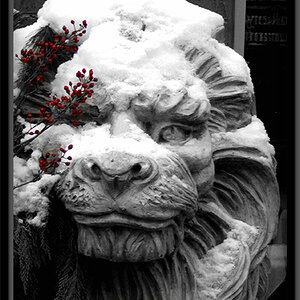
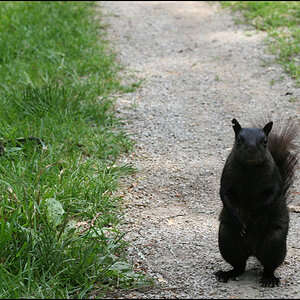

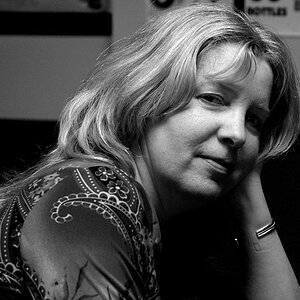
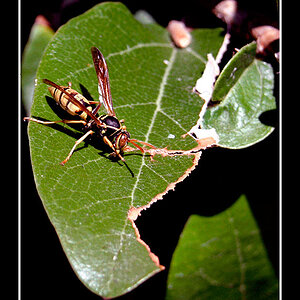
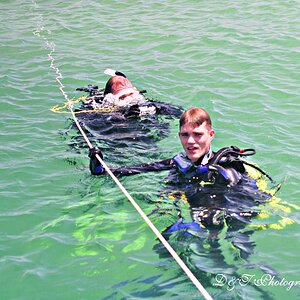

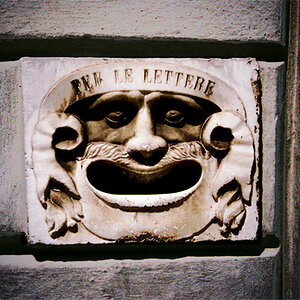
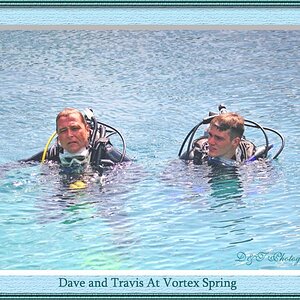
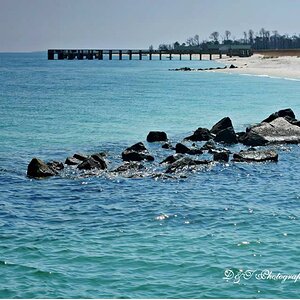
![[No title]](/data/xfmg/thumbnail/37/37137-43b5701b1efb7322c2c9fa6a1e30ccfa.jpg?1619737884)
